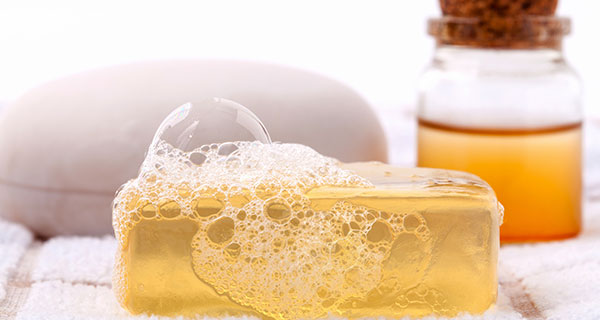Crafting soap noodles into beautiful, fragrant bars of soap is an art form that combines science, creativity, and skill. Whether you’re a seasoned soap maker or just starting, here are some essential tips and tricks to help you perfect your soap noodles craft.
- Choose High-Quality Soap Noodles: The quality of your soap noodles will greatly impact the final product. Look for noodles made from natural oils like coconut, palm, or olive oil for a luxurious feel. High-quality noodles produce a creamy lather and provide excellent moisturizing properties.
- Experiment with Fragrances: Adding fragrance to your soap is where the fun begins. Essential oils, fragrance oils, and botanical extracts can all be used to scent your soap. Experiment with different combinations to create unique and appealing scents that will delight your senses.
- Coloring Your Soap: While optional, adding color to your soap can enhance its visual appeal. Natural colorants like mica powders, clays, and botanical extracts can be used to achieve vibrant hues. Remember to use colorants that are safe for use on the skin and won’t stain.

- Mastering the Melt and Pour Technique: Melt and pour soap making is a popular method for beginners and experienced crafters alike. To master this technique, melt your soap noodles gently in a double boiler or microwave, stirring occasionally until fully melted. Pour the melted soap into molds and allow it to cool and harden before unmolding.
- Adding Exfoliants and Additives: To give your soap an extra boost, consider adding exfoliants like oatmeal, coffee grounds, or poppy seeds. These natural ingredients help remove dead skin cells, leaving your skin feeling soft and smooth. You can also experiment with additives like shea butter, honey, or aloe vera gel for added moisture and nourishment.
- Proper Curing Time: Allowing your soap to cure properly is essential for achieving the best results. Curing time can vary depending on the recipe and ingredients used, but typically ranges from 4-6 weeks. During this time, the soap will harden and the excess water will evaporate, resulting in a longer-lasting bar with a richer lather.
- Packaging and Presentation: Don’t overlook the importance of packaging when it comes to selling or gifting your handmade soaps. Invest in attractive packaging materials like biodegradable paper wrappers or reusable tin containers to showcase your creations. Adding a personalized label with the soap’s name, ingredients, and your brand logo adds a professional touch.
- Safety First: When working with hot soap noodles and other ingredients, safety should always be a priority. Wear protective gloves and eyewear to prevent burns and irritation. Keep children and pets away from your work area, and work in a well-ventilated space to avoid inhaling fumes.


